People love to feel at home, even if they are, in fact, visiting.
Out of all the rooms in your home, the living room might be the hardest to decorate. It’s the room where you’ll spend most of your time in and the room to which your guests will come. ربح مجاني Ideally, the living room should evoke the feeling of warmth and cheerfulness, while also being relaxing yet vibrant at the same time.
People will easily forget how the furniture in your home looks but will remember how the room atmosphere made them feel. Did they feel welcome and chatty? Or did they perhaps feel somewhat gloomy and uncomfortable?
Now, of course, you’re not decorating the living room four your guests specifically. This is a place where you should feel most comfortable to spend time with your family, play with your kids, read, watch TV, snack, study or just rest.
In order to make an accommodating atmosphere that will allow you to fully enjoy your living space, you need to consider the lighting in your living room. You can have the most beautiful paintings, spaciousness and elegant furniture – it will all be in vain if you don’t compliment your living room with adequate lighting.
The Right Type of Lights
When choosing the lights that will best suit your living room, keep in mind that they are the ones that will be turned on the most, so opting to buy LED living room lights would be very prudent, if you’re interested in cutting your electricity bills and you’re not a fan of changing light bulbs every few months.
In general, different types of lights create a different atmosphere. Think about what type of light you need? For what purposes? For instance, if you have a favorite armchair that you enjoy reading it, you should look for a floor or a wall-mounted lamp. This way you’ll have a light source that will help you focus on your usual activities. Ceiling lights will light the whole living room and can make it feel more spacious and inviting. Accent lights are an amazing way to subtly show off your art pieces and furniture, and combined with ceiling lights, they give a subtle hint of intimacy in the living room, making it an ideal space for both relaxation and conversation.
It’s Hard to Choose One
There are so many LED lighting ideas for a living room that we could go on about them forever! Each lighting variation seems so charming that it really can be difficult to choose the perfect light to shine on your living room.
When choosing LED ceiling lights for living room, consider the style of your furniture and the rest of your home and see which ones would fit your taste best. If you’re going for the modern, artsy vibe, an excellent choice would be to have LED bulbs that hang from the ceiling and create that industrial-funky-warm atmosphere. If you enjoy inviting friends over for dinner and a glass (or two) of wine, we can’t imagine more adequate lighting than this.
For those who are a bit more conservative and not too keen on experimenting, opting for lighting that’s closer to the ceiling itself might be just the thing you need. This low-key modern style would fit into any space imaginable, and when dimmed, these lights are able to create an equally artsy atmosphere as the hanging LED bulbs.
If daring is your middle name, you could consider getting a pendant-like LED ceiling lights. As the name suggests, they look like necklace pendants and come in all shapes and sizes, ranging from subtle to over-the-top extravagant. قوانين البوكر بالصور
Even more versatile than these amazing ceiling lights are lamps. Depending on your specific needs, you can choose between the wall-mounted, table, floor, and chair lamps. Here are a few living room lamp ideas that are guaranteed to take your breath away. Just promise you won’t blame us if you get inspired and spend a few bucks on an unplanned lamp shopping spree!
Floor Lamps
When buying a floor lamp, it’s best to choose one that is both functional and aesthetically pleasing. Needless to say, there are numerous styles to choose from, but a floor lamp in your living room is already a style-statement, to begin with. Contrary to popular belief, floor lamps don’t have to be bulky and take up a lot of space. There are loads of beautiful, minimalistic options that rely on the practicality of LED strips and take full advantage of a sleek, metal lamp frame. Additionally, you can make use of the lamp shape to create infatuating effects and a cozy atmosphere!
Table Lamps
Aside from the living room staple – His Majesty the Couch, a table is often a centerpiece of a modern living room. While it wouldn’t be the most convenient thing to put a lamp on that kind of a table, there are all sorts of flat surfaces in your living room that would benefit from the beauty of a stylish LED lamp. Try experimenting with round-shaped lamps. They look like they’ve just come out of a contemporary style lover’s dream!
And if you’re a fan of subtle, yet imaginative living room decorations, you’ll probably find brass lamps to tick off all the right boxes. العاب ربح نقود حقيقية
Of course, if you don’t like the modern style at all and you’re not into experimenting with light, we’ve got good news for you – LED lighting does not necessarily equate to ‘modern’. You can always choose a traditional looking LED lamp and still enjoy the perks of its longevity and lower electricity bills.
Wall Lamps
For those that are short on space in their living room, getting some wall lamps might be the best thing to do. Not only are they practical, but they can also decorate your walls in the most surprising ways!
The symmetrical patterns these lamps create when their lights intertwine are nothing short of genius. Even if you don’t have any artwork in your living room, your guests will have the feeling you hired an interior designer to decorate your home! However, if you can’t stand symmetry, there are still plenty of options for you to consider. You don’t have to create any specific shadow patterns; you can just get a wall lamp for the sake of saving floor space.
If you’re planning on throwing a lot of parties in your living room, multicolored LED wall lights might just be a perfect option for a house-warming party… and all the subsequent parties as well.
Living Room Lighting Tips
While decorating your living room with different lights is exciting, there are a few things you should pay attention to.
The light shouldn’t be too close to any piece of furniture of a person. For instance, if you want to invest in a floor lamp too keep next to the couch, pay attention that the bulb doesn’t get in the way of people sitting on the couch
- Consider the shape of the lamp and the direction of the light it emanates
- Consider the fact that some lamps are meant to serve more as a true decoration that to perform their basic function
- The color of the bulb cover will influence the color of the light. So if you’re not a big fan of green walls, maybe skip the green lamp, no matter how beautiful you think it is
- Invest in light dimmers. They can change the vibe of your living room within seconds
What type of lighting do you prefer for your living room?
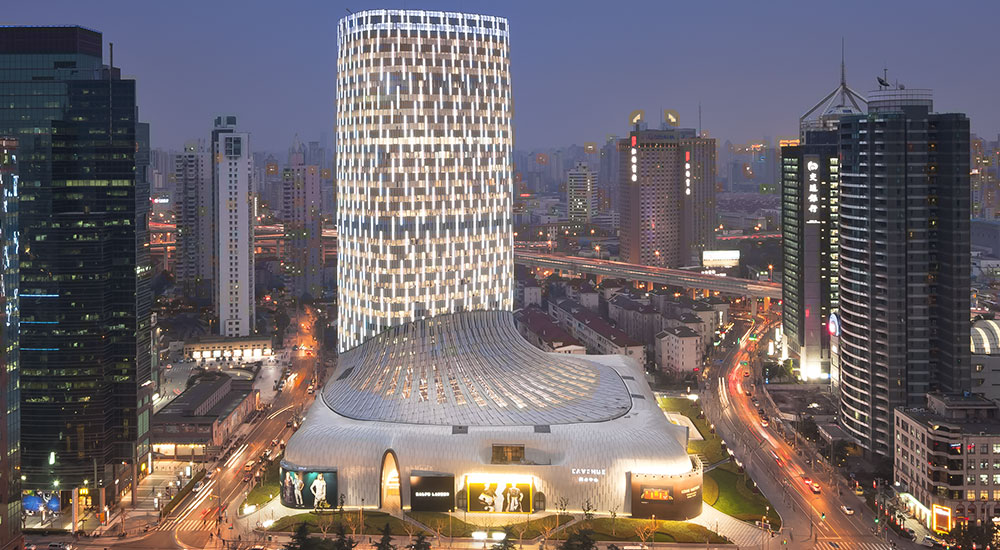

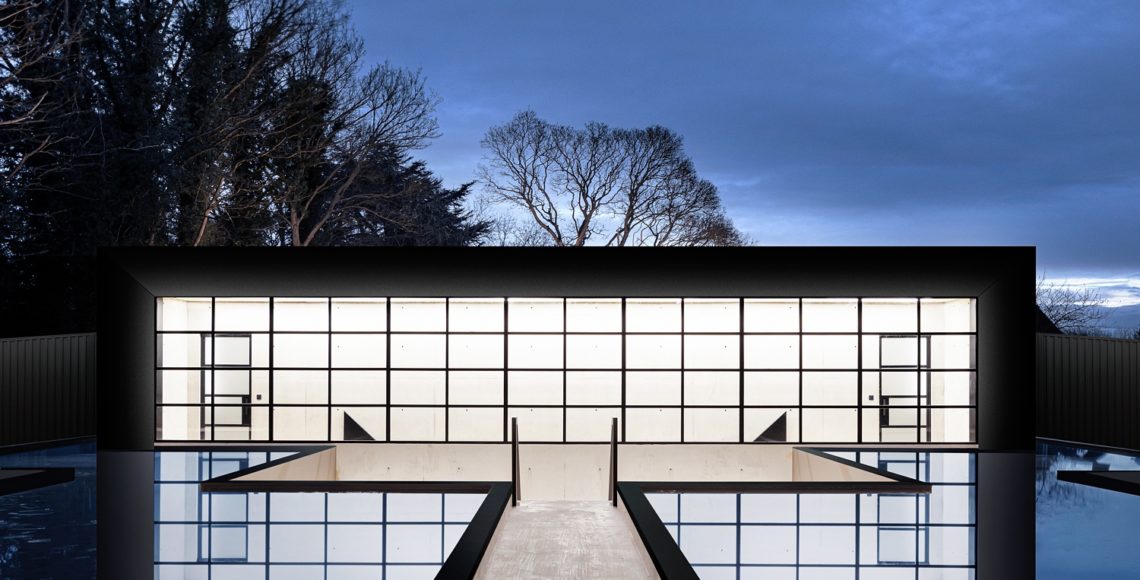
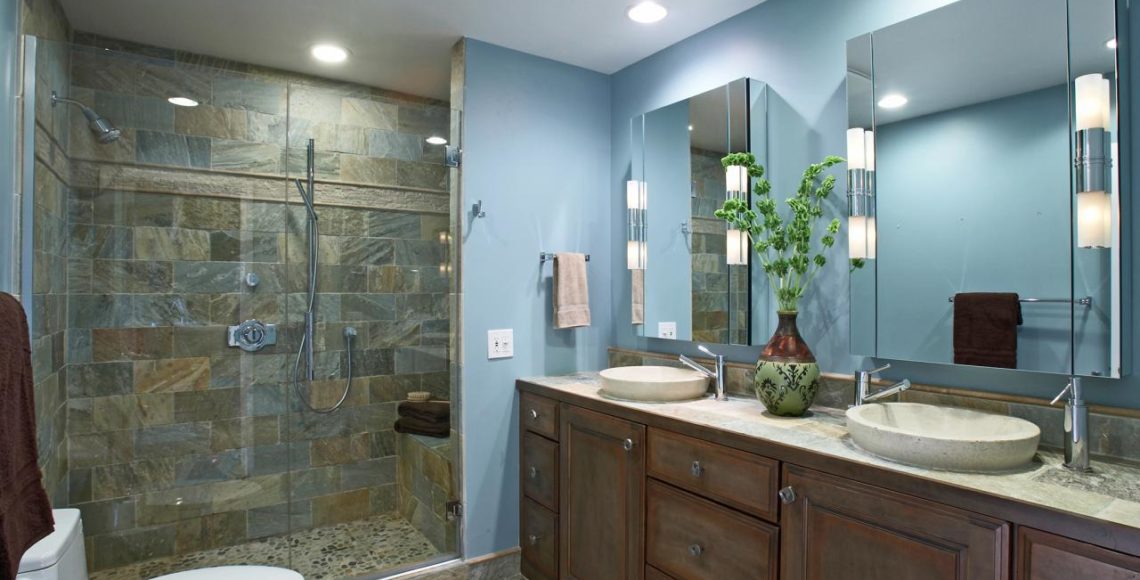
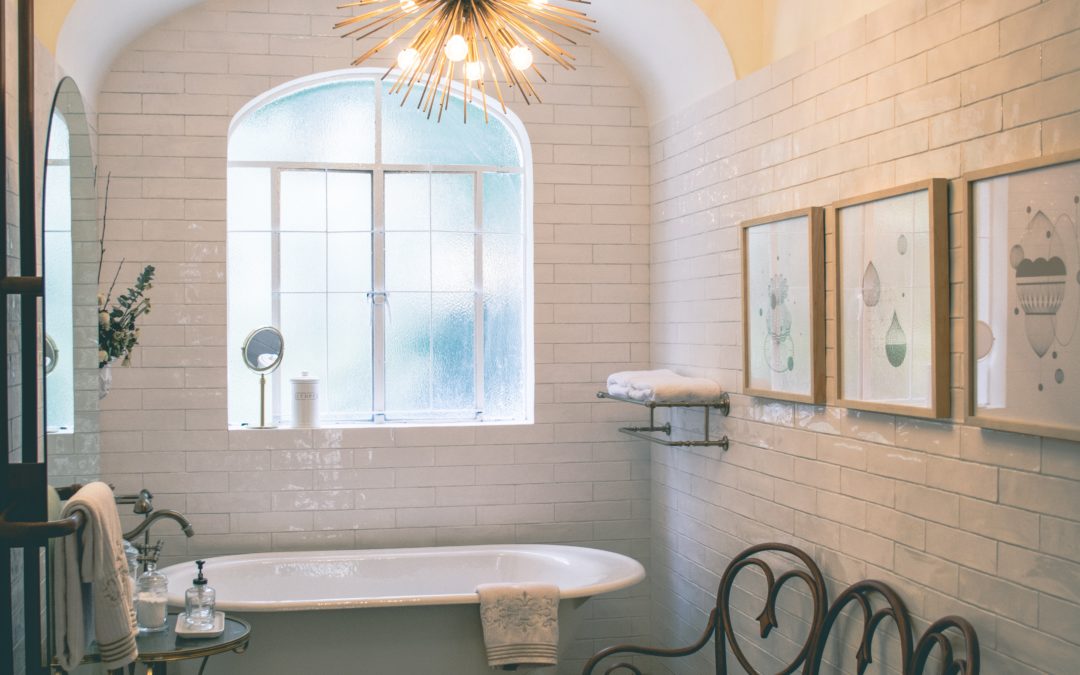
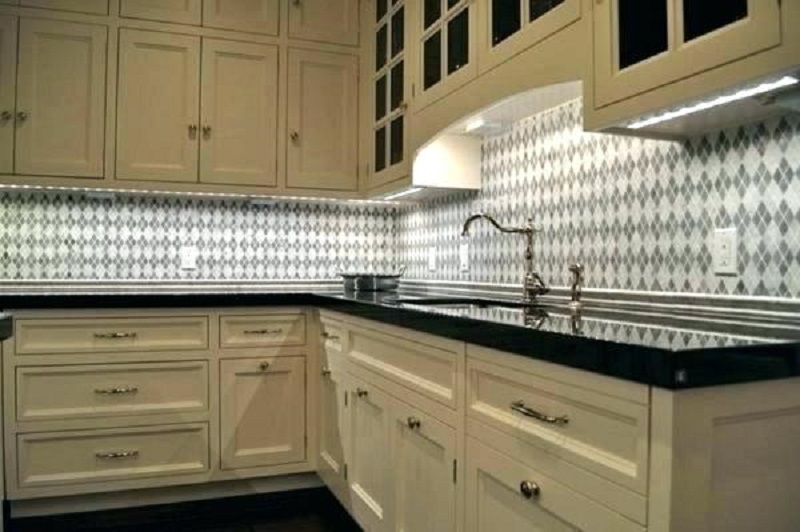

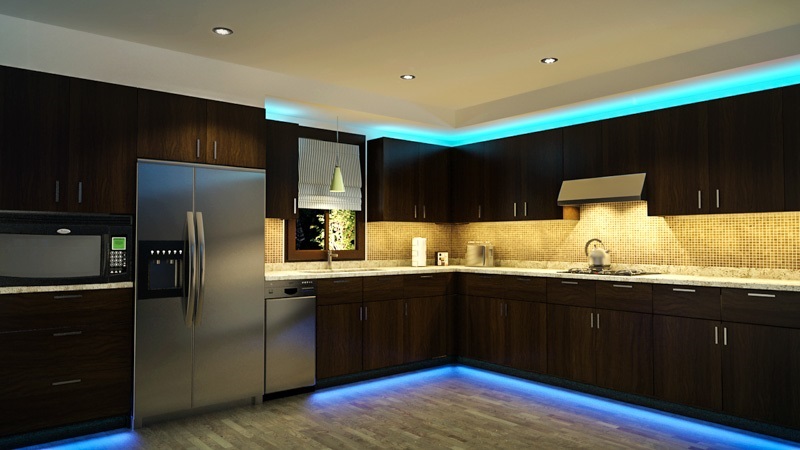

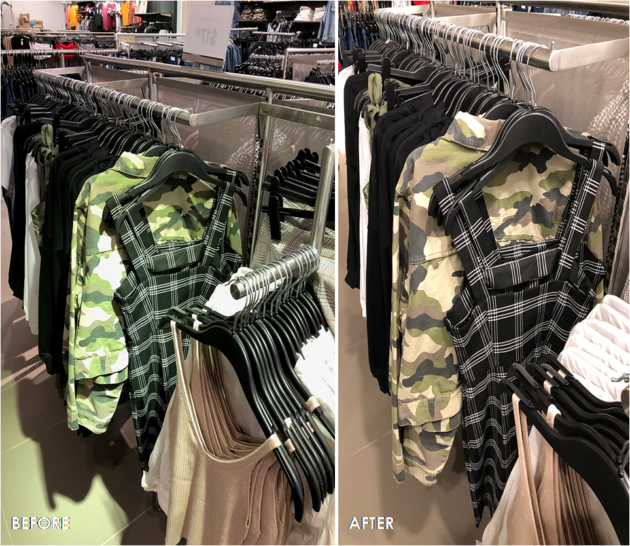
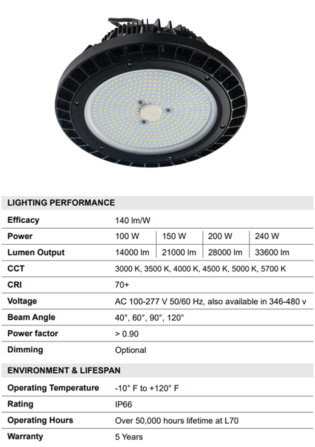 2. To make better choices, look at all the options together
2. To make better choices, look at all the options together
 5. Capitalize on Energy Savings and Rebates
5. Capitalize on Energy Savings and Rebates